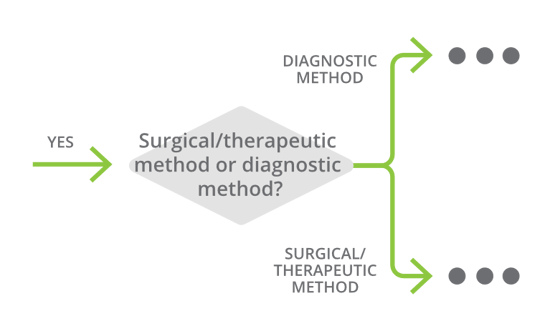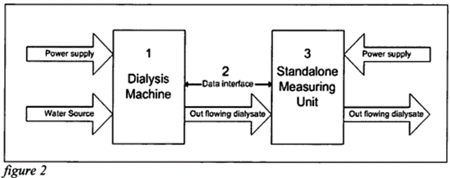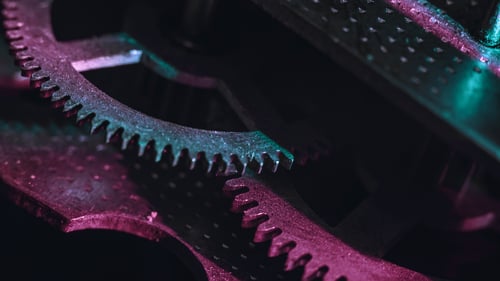At a glance: In the present blog series a guide on patenting medical inventions is provided. Part 3 deals with the distinction between surgical/therapeutic methods and diagnostic methods. The preamble of a claim or the “label” of a claim is however not the decisive factor.
What’s the matter?
While both types of methods, surgical and therapeutic on the one hand and diagnostic on the other hand, are excluded from patent protection, the ways of assessing whether a method is a surgical/therapeutic method or a diagnostic method differ quite a lot.
Why is it important?
When trying to determine whether a method might be a medical method and thus excluded from patent protection, it is important to use the right assessment steps, i.e., either the steps for surgical and therapeutic methods or the steps for diagnostic methods.
What’s the critical point?
If you choose the wrong method type, your method claim might, although the assessment for the chosen method type was positive, still be rejected since it indeed relates to subject-matter that is excluded from patentability.
What needs to be kept in mind?
An objective determination whether the method is from the surgical/therapeutic or the diagnostic type or both, is particularly important before drafting and filing a patent application for a medical invention including method steps.
Overview
The following flowchart provides some guidance for assessing whether a medical invention is excluded from patentability. Each step of the flowchart will be discussed one by one in the present series of blog posts.
Step 3: Surgical/therapeutic or diagnostic method?
Surgical and therapeutic methods as well as diagnostic methods practised on the human or animal body are excluded from patent protection according to the German Patent Act (PatG) and the European Patent Convention (EPC)[1]. In the two previous blog posts the distinction between medical products and medical methods (here) as well as the requirement “practiced on the human or animal body” (here) have been discussed.
While both types of medical methods, i.e., surgical and therapeutic methods on the one hand and diagnostic methods on the other hand are excluded from patentability, it is nevertheless very important to distinguish between both types. The further steps of assessing whether a method is indeed a medical method and thus excluded from patent protection, differ significantly for methods of the surgical/therapeutic type and methods of the diagnostic type: It is sufficient that a method incorporates just one surgical or therapeutic step to qualify as surgical or therapeutic method[2] (discussed in one of the following blog posts). In contrast, to qualify as diagnostic method, the method must include several steps, i.e., measuring, comparing, finding of a deviation and diagnosis for curative purpose stricto sensu[3] (discussed in one of the following blog posts).

Thus, if the type of a method relating to a medical invention is incorrectly determined, the subsequent assessment of the method regarding its qualification as medical method is based on the wrong perquisites and might lead to a wrong result. Moreover, a method can even be a combination of surgical, therapeutic and diagnostic methods, such that the assessment for each method type must be completed, since the overall teaching of the invention as given in the application is decisive for establishing what the invention is and whether it is excluded from patentability[4]. The preamble or “label” of a claim is, however, not relevant or decisive for the assessment regarding exclusion form patentability of medical methods.
Case law example: Measuring kidney values (T 0141/15)
Claim 1 of the underlying patent application EP 2 163 271 A1 related to a:
Method for measuring […] parameters […] achieved during kidney substitution treatment,
wherein the kidney substitution treatment is provided by a machine, […]

The claim wording might suggest that the subject-matter of the claim only related to a measuring method, i.e., only a part of the steps that constitute a diagnostic method and that, thus, the method is not excluded form patentability.
The measurement is done on a dialysate that is provided form the dialysis machine to the “standalone” measuring unit (cf. figure 2 above). The claimed method comprises in a first step performing a dialysis treatment and in a second step measuring the parameters. Dialysis, i.e., removal of toxins from blood, is a therapeutic method and continuous removal of blood, subsequent flowing through a dialysis device and re-delivery of the treated blood is a surgical method[5]. Consequently, the claim is related to a therapeutic and a surgical method, despite the label “method for measuring”, and as such excluded from patent protection.
Summary
You should not neglect a thorough analysis of the whole method when planning to protect a medical invention. Neither neglecting nor trying to cover the type of method by mere re-labelling will lead to patentable subject-matter. Instead try to identify the parts and aspects of the medical invention that are most likely excluded from patent protection and then direct the patent application to the parts and aspects that are not in conflict with the provisions of the EPC or PatG.
Download
Here you can download a summary of the above blog post for your quick review.
[1] Art. 53(c) sentence 1 EPC, § 2a Abs. 1 Nr. 2 sentence 1 PatG
[2] G 1/07, Reasons 3.2.5
[3] G 1/04, Headnote 1 and Reasons 6.2.2
[4] G 1/07, Reasons 4.3.2; T 0944/15, Reasons 21
[5] cf. T 1695/07
Read the other articles on this blog series:
Part 1: IP Diagnosis: Is my medical invention patentable? Part 1 – Product or method?
Part 5: IP Diagnosis: Is my medical invention patentable? Part 5 – Treatment by surgery (berggren.eu)





